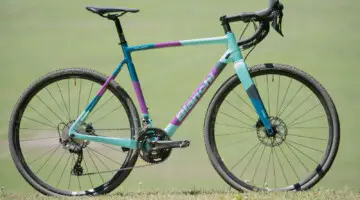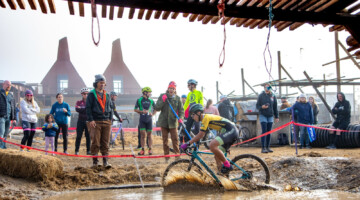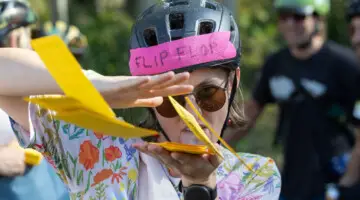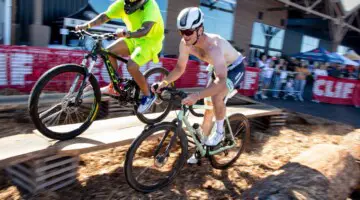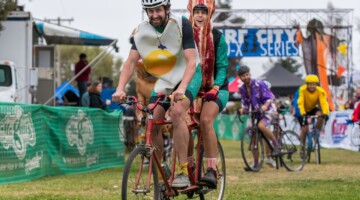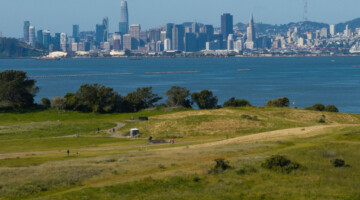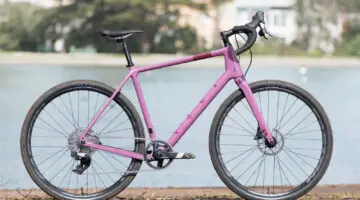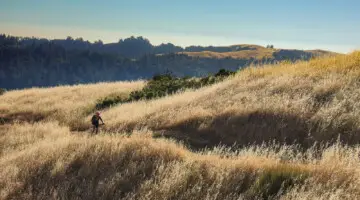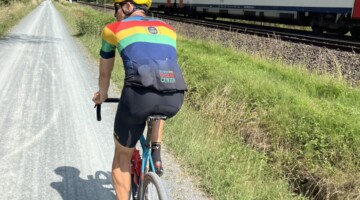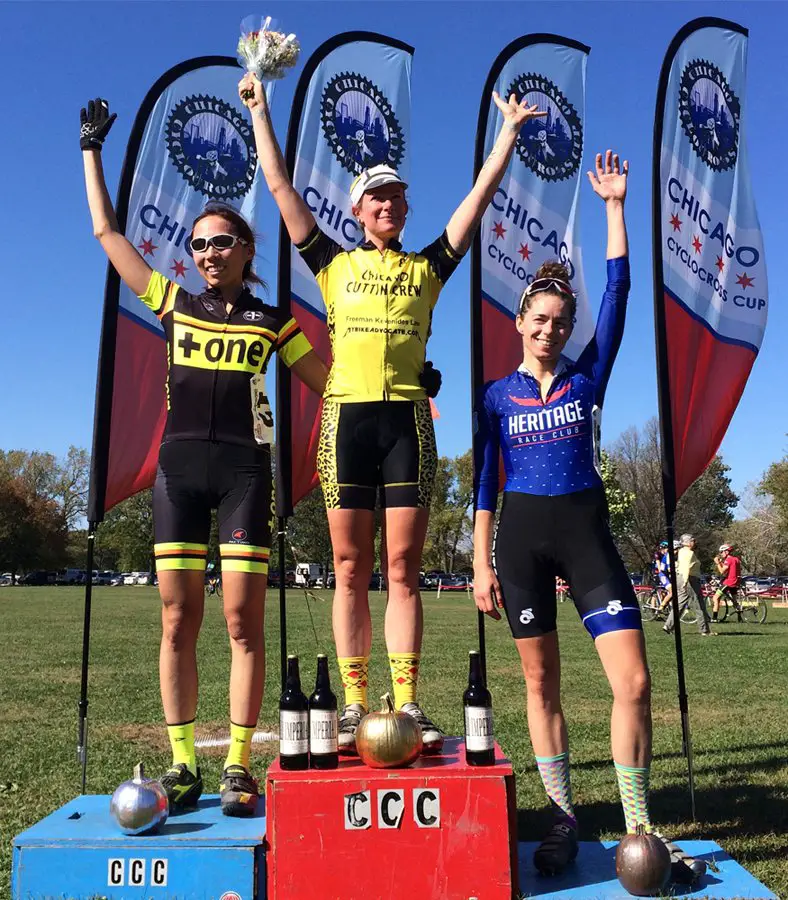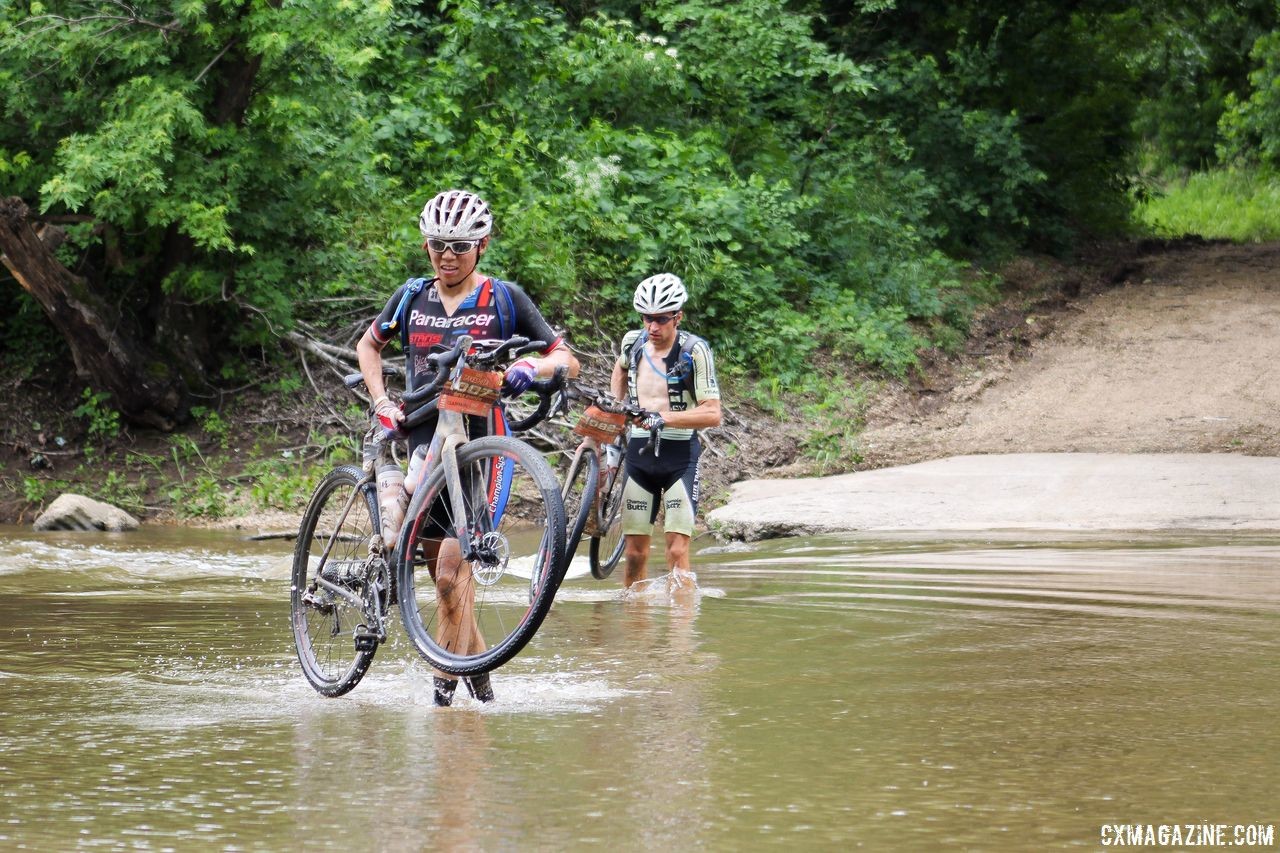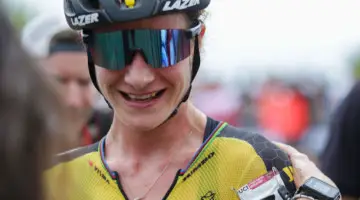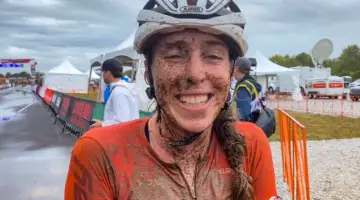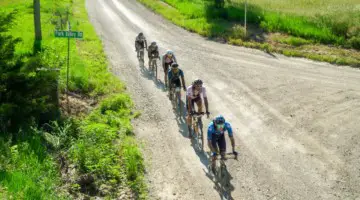When Kae Takeshita moved to the United States from Japan at age 19, she had big dreams of reaching for the sky in her new home.
Literally reaching for the sky.
“When I was 17, I came up with an idea that I wanted to be an airplane pilot, and came to the States alone when I was 19,” Takeshita said. Despite the challenge of living in a new country at a young age, Takeshita went on to graduate with a degree in Aviation Management and also obtained her pilot’s license.
Now that she resides in the Chicago suburb of Itasca, Takeshita does not get up in the air as much as she used to, but she has replaced flying through the air with flying over the Midwest’s gravel roads at about 18 to 20 miles per hour. Takeshita has fully embraced the American style of gravel racing and is one of the top women riders on the non-existent Elite gravel tour.
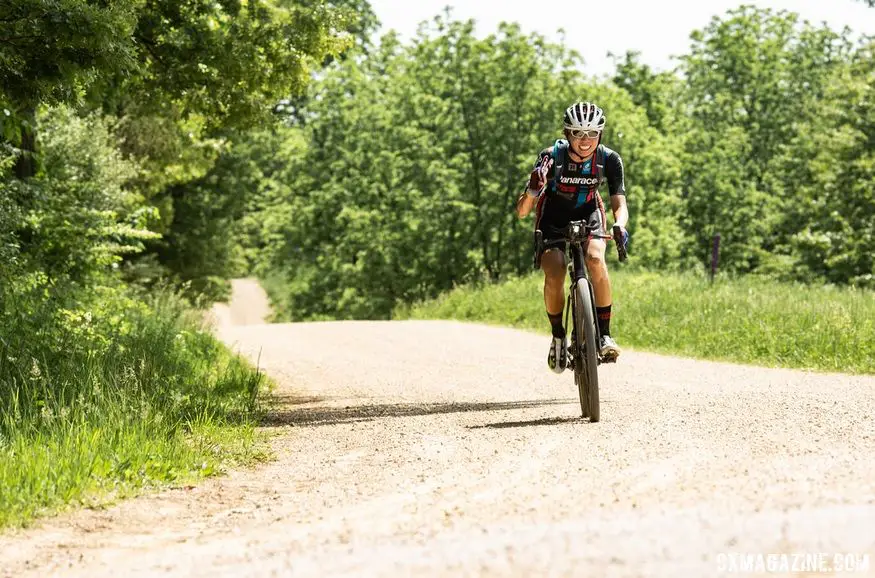
Kae Takeshita has traveled across the Midwest to race this year. Illinois’ 2018 Ten Thousand Gravel Ride. © DREIBELBIS + FAIRWEATHER
A budding sense of adventure has led to an impressive schedule of gravel races across the middle part of the U.S. for Takeshita. Just this year, she kicked off the season with a win at the Texas Chainring Massacre, took second at the Land Run 100 in Oklahoma, added a third at Barry-Roubaix in Michigan and last weekend, took home a win at the Hilly Billy Roubaix in West Virginia.
So why gravel? For Takeshita, it provides some of the freedom she experiences while flying. “Gravel can be so different and no two courses are alike. It’s truly full of adventure, with beautiful scenery and so many unexpected factors,” she said. “Did I tell you I encountered a full grown male moose in the middle of a forest in the Upper Peninsula Michigan when I was riding alone? After a long and hard day of gravel riding, the sense of accomplishment is overflowing. It’s all about the personal challenge and experience.”
Totally like flying … except for maybe the moose.
A Love Made in America
Kae Takeshita’s journey to gravel racing started in her home town of Sapporo, Japan. When she was 17, Takeshita made up her mind to pursue being a pilot. Perhaps foreshadowing her sense of gravel adventure, she decided to move to the United States to attend college. At times, it was tough. “Having no overseas experience, with very little English skills, no one to depend on, I encountered many challenges,” she said about her first years in the U.S.
She survived and emergred with a degree and more. “I graduated university with a Bachelors in Aviation Management and got the FAA’s airmen licenses and rating,” she said about her education. Although she had achieved her goal, Takeshita’s career path took her in a different direction. She moved to the Chicago suburbs where she currently works in logistics for a shipping company.
Although the Chicago-based United Airlines invites passengers to “come fly the friendly skies,” her adopted city’s air and road traffic eventually forced Takeshita to put her passion for soaring above the clouds on hold. “I have not been flying lately,” she said. “I enjoy flying for my own pleasure. It is so peaceful to be floating above the clouds. I’d like to go back to flying in the future, once I move out of the busy Chicago area and have extra time. O’Hare air traffic is not so friendly for private flying enthusiast.”
Fortunately for the grounded adventurer, she discovered bike racing.
After growing up in Japan, using a bike to get somewhere really fast was a foreign concept for Takeshita. “Being from Japan where people use bicycles mostly for transportation, I did not even consider cycling was a type of sport,” she said about her early days in the States.
As it did for her fellow 2018 Dirty Kanza podium finisher Ian Tubbs, all it took for Takeshita to get into cycling was getting a bike. Of course, it helped that the bike was made for going fast.
“When I came to the U.S., I did not have a driver’s license. In fact, I got my pilot license first!” Takeshita said. “I went to a local bike shop to get a commuter, and I also got myself an entry level road bike. I was shocked to learn that a regular person who was not a Keirin racer could buy a bike that was not a ‘mamachari’ bike.” (Mamachari bikes are more or less Japanese hybrids or commuters)
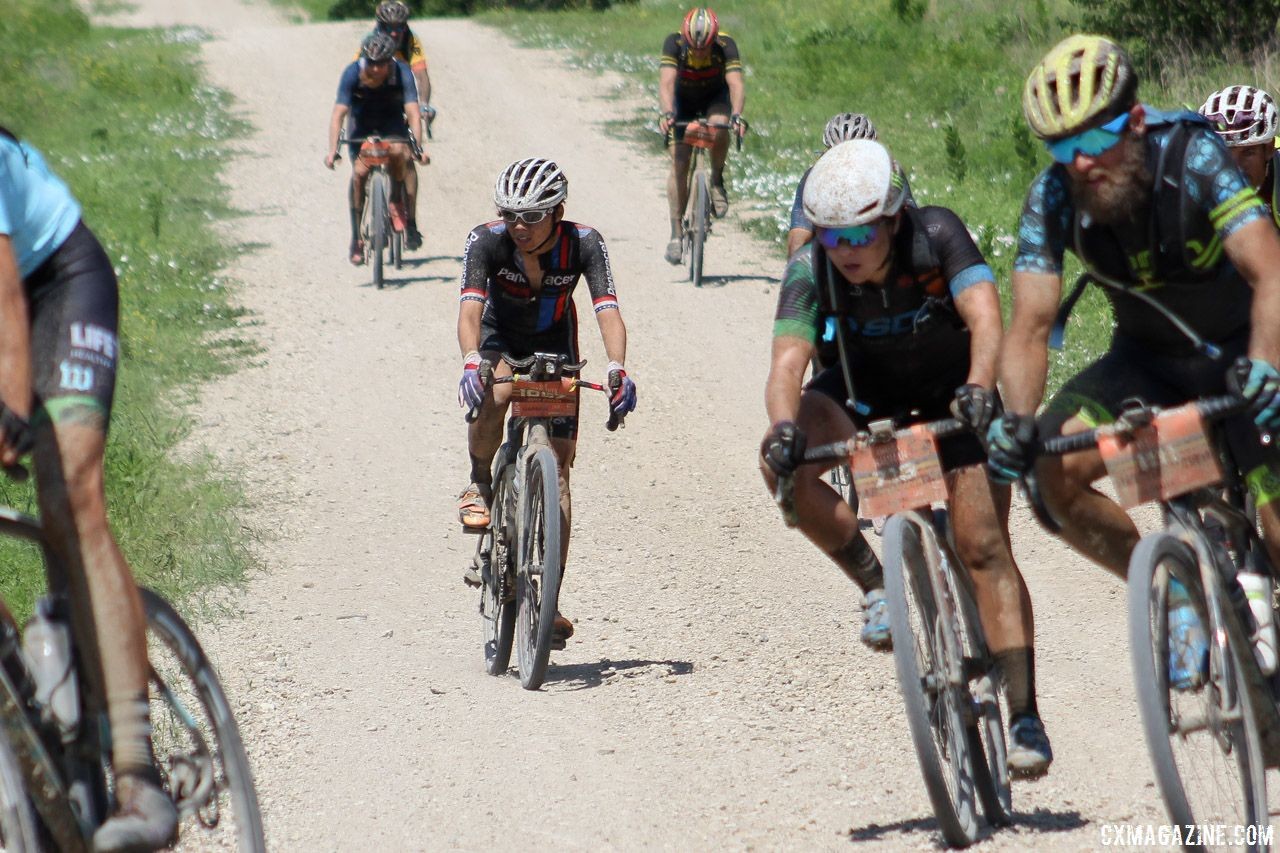
Kae Takeshita started riding in groups and eventually found herself at events like the Dirty Kanza 200. 2018 Dirty Kanza 200. © Z. Schuster / Cyclocross Magazine
Armed with a road bike, but still remembering the days of tooling around town on her mamachari bike, it was lycra-clad Chicagoans, of all things, that helped Takeshita realize her bike racing destiny. “[Chicago] was a new place for me and I had few friends, so whenever I had time I went to a local forest preserve and rode my bike,” she said. “I started seeing people in colorful spandex, and I learned that cycling was considered as a sport.”
She continued, “Then, a local rider asked me to join a training ride. And several years later, cycling has become part of my life.”
Gravel Roads Calling
Takeshita’s story in cycling is one many of us who discovered the sport as adults can relate to. It started with a commuter. Then a road bike to go faster. Then after riding a lot, there was the first group ride. We all know where the story goes next.
After joining that first group ride, Takeshita slowly started to expand her riding. “Starting with casual rides and century rides, I tried local crits, road and endurance road a little bit,” she said about getting deeper into cycling.
She also started racing cyclocross in the Chicago Cross Cup in 2014, where she quickly showed her affinity for dirt and rough terrain. Takeshita quickly moved up to the CCC’s Cat 1/2/3 field and finished as high as fourth before the end of her first year. In 2015, she was already a regular on Elite podiums in Chicago and Wisconsin.
As Takeshita has shown with her willingness to travel across the Midwest for gravel races and her close encounters with U.P. moose, adventure is something she wholeheartedly embraces. That sense of adventure took her to gravel racing, because hey, it sounds cool. “I learned about gravel by chance, when I was speaking with a cyclist I met during a trip in 2014,” she said. “Gravel? What’s that? But it sounds fun.”
She continued, “That year, I participated a few gravel events and I got hooked. It was not popular in our area yet since we don’t have local gravel roads, so I traveled out of state, pretty far to race in quite a few different areas. Each and every one of them was a really good experience.”
Takeshita’s bio on her team’s website shows some of her travels and the impressive results she has turned in thus far in her gravel career. She finished fifth at Barry-Roubaix in 2015, took fourth at the Hilly Billy Roubaix in 2016 and won Gravel Worlds in 2016. As they did in cyclocross, her results have only gotten better. She won Missouri’s The Epic in 2017 and then took second at Gravel Worlds behind Alison Tetrick later last year.
With the exception of the encounters with incredibly large mammals, Takeshita came to get hooked on gravel racing for many of the same reasons Amanda Nauman and others have echoed. The discipline combines adventure with a sense of community that brings all participants together, no matter where they finish on the results sheet—if there is one.
“What’s very different and really great about gravel compared to other disciplines is that anyone and everyone can participate and enjoy,” Takeshita said. “Gravel grinders, roadies, cyclocrossers, mountain bikers, pro riders to casual riders, young and old, and with any type of bikes and tires. Some are in to race, some are in to finish, but we all can share the same course and fun. The atmosphere is quite relaxed, too. I met so many people and made so many friends through gravel.”
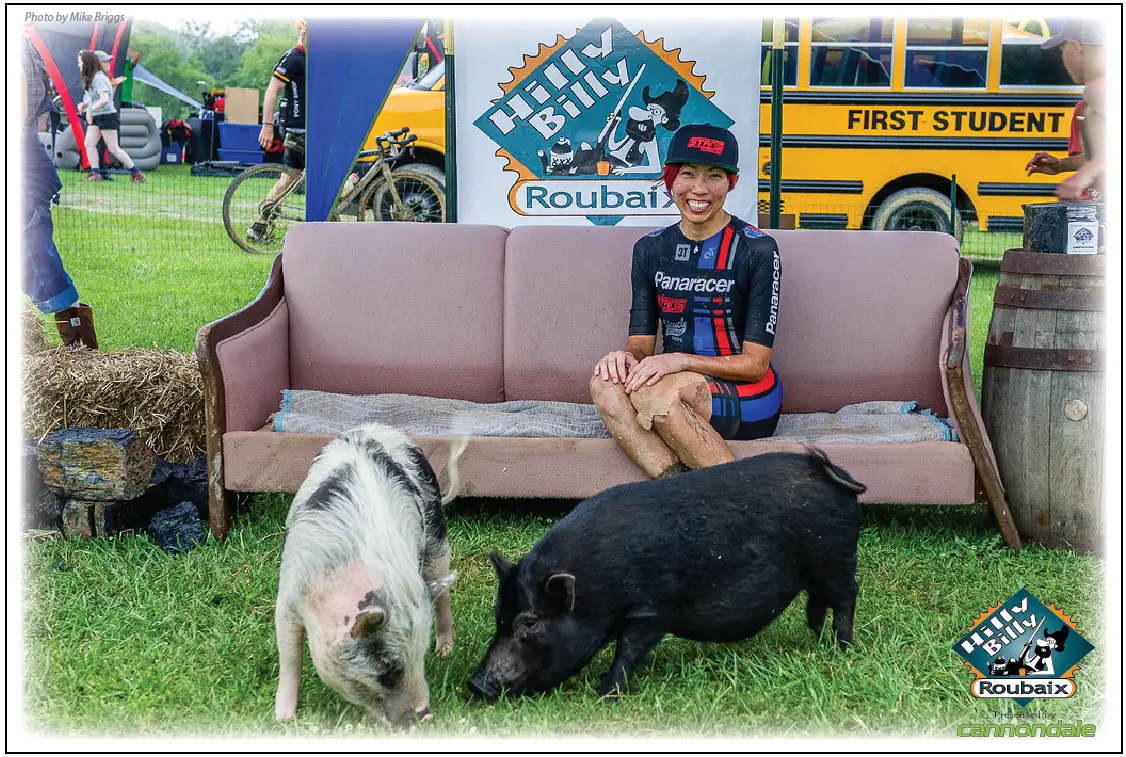
Takeshita has fully embraced the fun and irreverent parts of gravel racing. 2018 Hilly Billy Roubaix. © Mike Briggs
Connecting with Panaracer / Stan’s NoTubes
With the discipline still trying to figure out what it is going to be and teams not necessarily playing a very big role in races at this point, gravel “teams” are largely absent on the fictional gravel Pro Tour.
Cannondale sent an impressive confederation of current and retired athletes to the Dirty Kanza, but one of the few Elite teams squarely focused on gravel racing is the Panaracer / Stan’s NoTubes p/b Bicycle X-Change team that boasts 2017 Dirty Kanza winner Mat Stephens, 2017 Land Run 100 winner Karen Pritchard, two-time DK200 runner-up Michael Sencenbaugh, team founder Bob Cummings, 2017 Land Run 100 winner Rob Bell and 2015 Gravel Worlds Masters winner Mike Marchand as members.
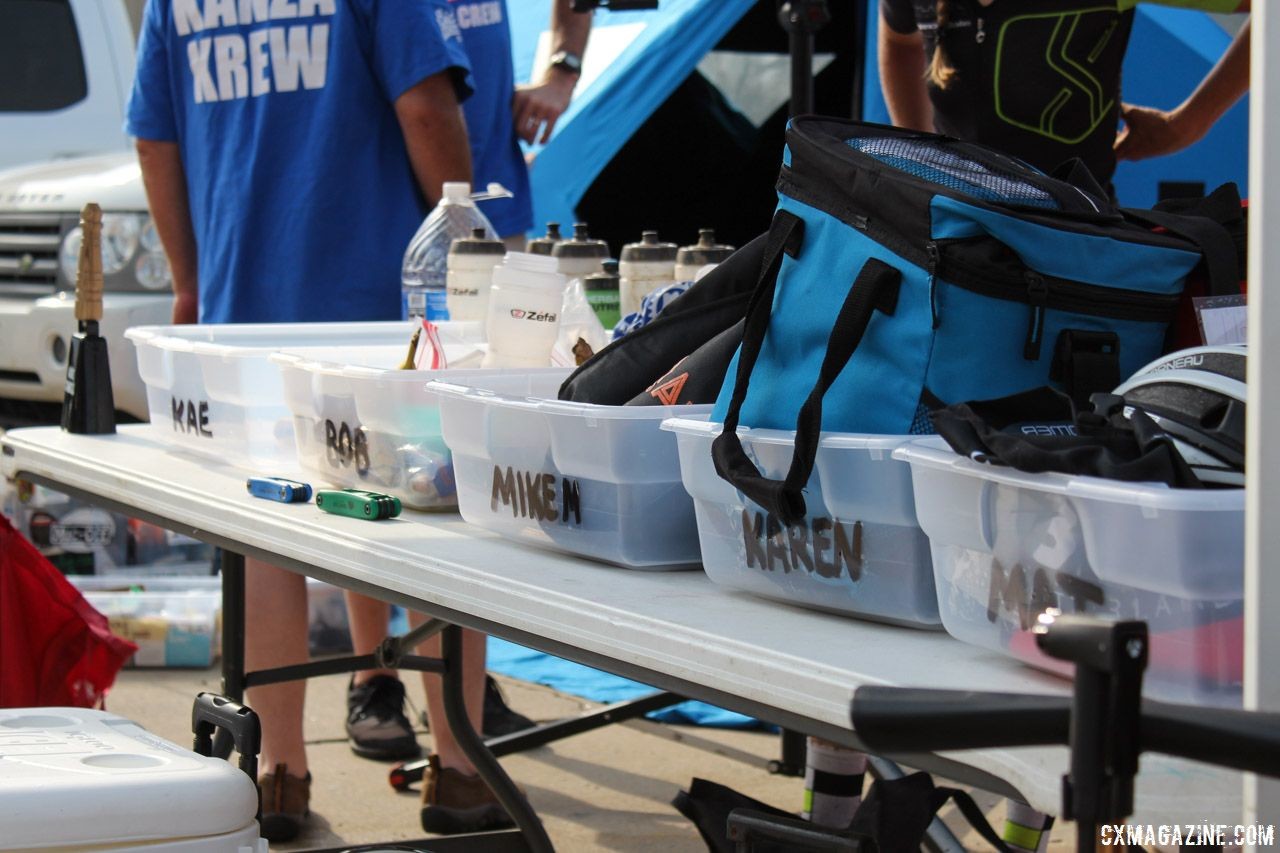
The Panaracer / Stan’s NoTubes team had an impressive group at the Dirty Kanza 200.. 2018 Dirty Kanza 200. © Z. Schuster / Cyclocross Magazine
If you saw Takeshita racing in the Dirty Kanza 200 this year, you noticed she was wearing the black, red and blue kit of the Panaracer / Stan’s NoTubes p/b Bicycle X-Change team. Getting to be a member of the impressive gravel racing outfit was almost a missed connection for her.
“In early 2017, when I happened to log in to an SNS website which I had not touched for many years, I found that Bob Cummings, the captain of the Panaracer/Stan’s NoTubes team had messaged me. Many months ago,” Takeshita said.
She continued, “I responded back to him right away, and we were on the phone the same day. It was wonderful to speak with someone who organized the team that shared the passion of racing and gravel. I had not actually met him, but I felt the same high energy and we talked for hours. That was my first moment with our team.”
Takeshita’s results in 2018 are those of a rider who has benefitted from her team’s support, and as we will see, perhaps from the Panaracer tires she gets to ride as well. More importantly, her team has provided a group of like-minded folks who are passionate about racing gravel and use aero bars while doing so. We will get to that soon as well.
Dirty Kanza, a White Whale
Thus far, Takeshita’s gravel story has been one of triumph and impressive success. However, any student who passed high school english knows a good story needs a gripping conflict. Despite all her success prior to this year, Takeshita’s white whale, if you will, has been the grand daddy of gravel racing, the Dirty Kanza 200.
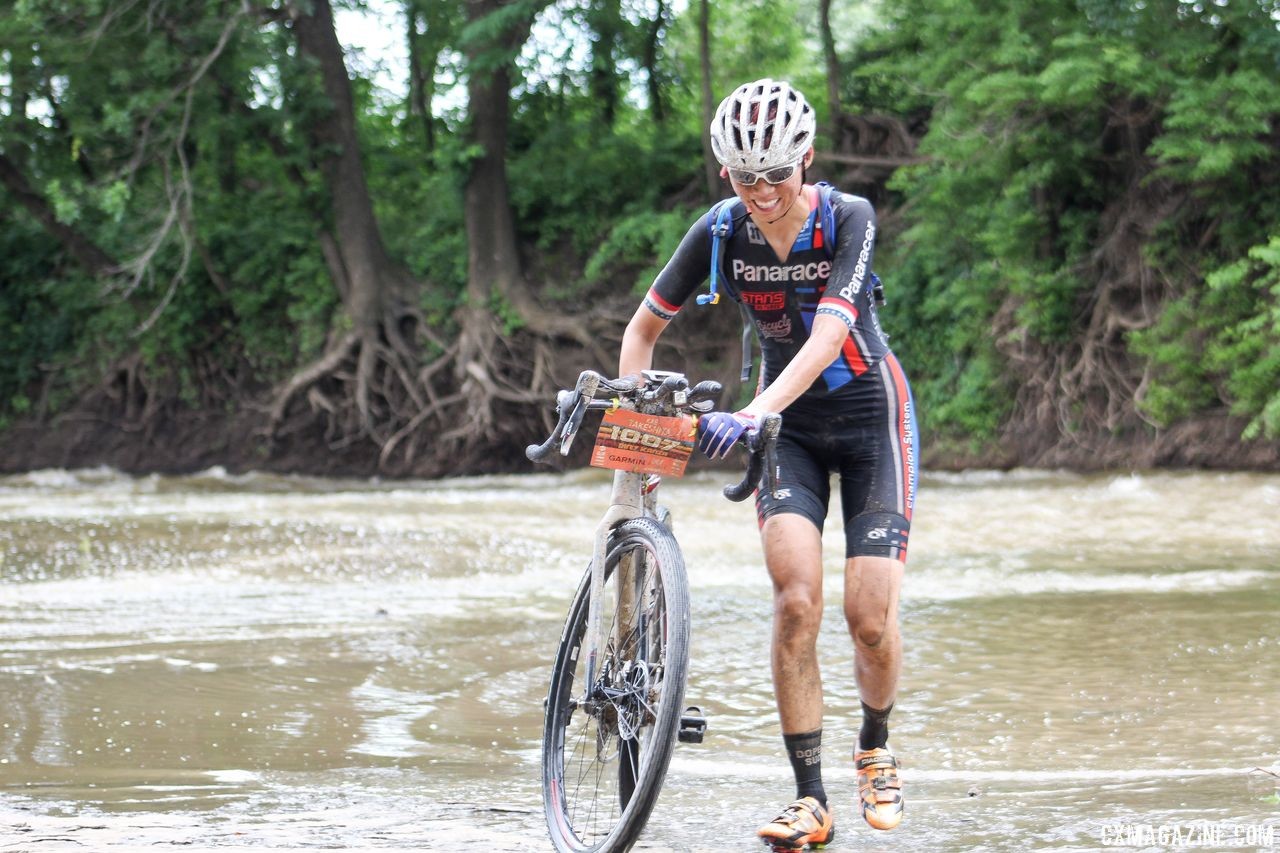
Kae Takeshita headed to Dirty Kanza in 2018 looking to turn around some bad luck. 2018 Dirty Kanza 200. © Cyclocross Magazine
Takeshita first raced the DK200 in 2015, where she fell victim to the infamous mud year, despite her best efforts. “After the rear derailleur broke, I removed the broken part and adjusted my chain to make it a singlespeed, but the chain was already twisted badly and wouldn’t track,” she said about the race that forced her into a DNF.
In 2016 she was back again and in great position after a strong start. Then, the unforgiving gravel gods of Kanza claimed another victim. “The second time was 2016,” Takeshita said. “I was in the lead at the first checkpoint, but I had bad luck with the tires I was running and went through six tubes before I could finish after the sunset.” She added, “This was before I met Panaracer tires.”
2017 brought her worst luck to date. “I got struck head-on by a careless driver in a large farm truck less than one week from the Dirty Kanza last year,” she said about her misfortune. “My forearm was broken in two places. It could have been worse, but fortunately, I was able to be back on the road bike in August, and then I raced a couple of gravel races.”
In 2018, Takeshita returned for her third try at the World’s Premier Gravel Grinder. With a healthy body, a new team and tires from her sponsor, she was ready to put the past behind her and have a good, albeit challenging, day in Kansas’ Flint Hills.
During her time out on the Kansas course, Takeshita avoided the mud, flats and bad drivers and turned in a successful fourth-place performance at the 2018 Dirty Kanza 200. She finished the 206-mile race in 12 hours, 39 minutes, just 8 minutes behind 2017 winner and third-place finisher Alison Tetrick.
“This year, my bike performed well without any mechanicals,” Takeshita said about her race. “I felt really good, and my spirits were high pretty much all day long despite of the mostly solo efforts into the relentless headwind of Legs 3 and 4. I was very happy.”
While plugging into the brutal headwinds from Eureka to Emporia, Takeshita had the much-talked-about aero bars at her disposal. The team’s top riders are proponents of the benefits of aero bars for gravel racing, and each racer has a set at their disposal if race rules allow. Ian Tubbs, Ted King and Craig Richey talked about the benefits of aero bars at Dirty Kanza, and not surprisingly, so did Kae Takeshita.
“The Dirty Kanza 200 is one of the toughest and longest races I’ve done so far, so it was nice to have them when I needed them,” she said. “There were some very long stretches of lonely time and into wind, and it was nice to give my back and shoulders another position to get through the race.”
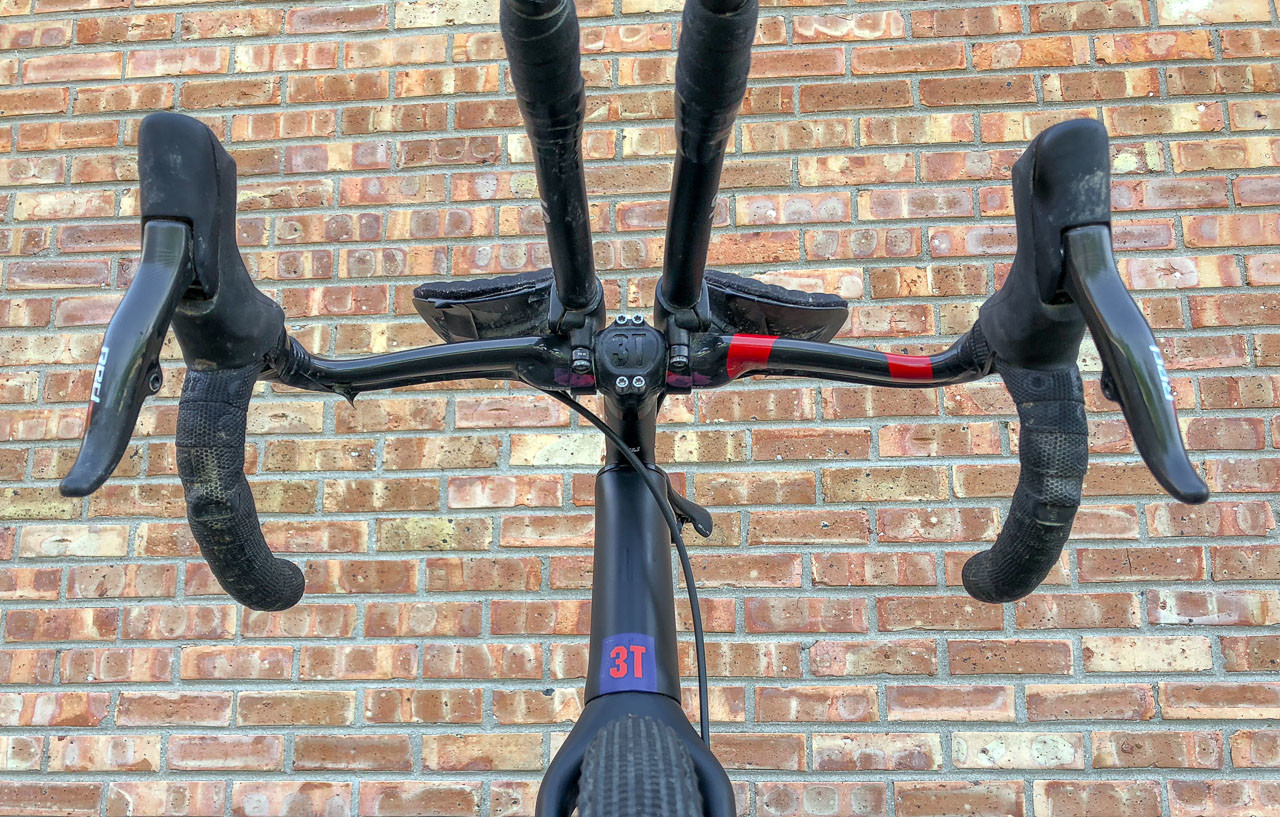
Kae Takeshita ran aero bars on her 3T Exploro Flatmount at the Dirty Kanza 200.
The Journey Continues
Captain Ahab never caught his white whale, but Takeshita has finally conquered the famous Kansas endurance race. With Dirty Kanza success done and dusted, she is ready to continue on to the next adventure in her gravel career. If the writer were being lazy, he would say she is ready to soar in the gravel scene.
Takeshita’s 2018 gravel season still has some unfinished business to attend to. Foremost among these is Gravel Worlds in August, where she is looking to pick up her second win at the Nebraska race after finishing second in 2017. And ever the adventurer, she is also headed back to Kansas in September for the 119-mile Hondo (Hondo, not Hundo) put on by her team captain Bob Cummings.
Whether she finishes first or barely beats the sun, Takeshita’s story is one that embodies what is appealing about the gravel discipline. It started with a bike and a sense of adventure and led to finding new friends and challenges along the way.
The only difference between Kae Takeshita and the rest of us is she is much much faster. As she flies by on gravel roads, one can only conclude it is what you would expect from an adventurous women who first came to the U.S. to pursue her love of flying.

